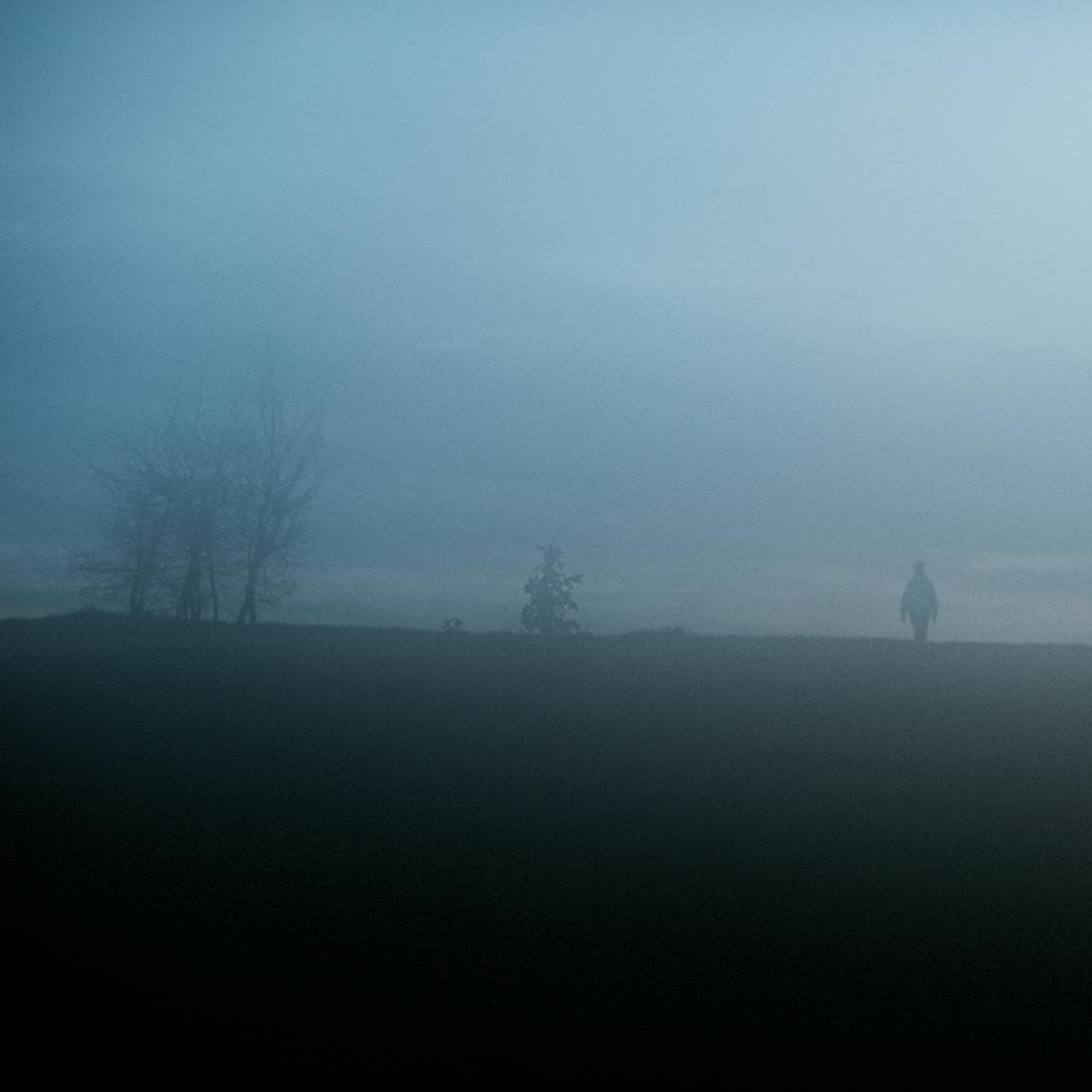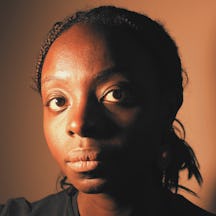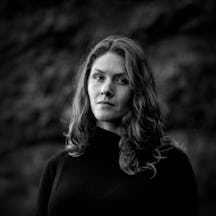Adjoa Wiredu has found herself intentionally tuning in to background noise and experimenting with its poetic possibilities. By bringing what’s in the background to the fore, she’s been discovering that we can learn new things about ourselves and our environment.

A few years ago I had the opportunity to work on a project at a music institution in Italy. I was unfamiliar with such places and shocked by its taut internal structures, but I found their “ear training” for student pianists fascinating. Ultimately it made me realise that, although I respected their dedication to organised music, I wanted to unlearn similar structures. I was on the lookout for the wild.
The search led me to something that was there all along: background noise. Although we hear it and absorb it, we mostly learn to ignore it. The word noise has a negative connotation, suggesting something unwanted, but what does it mean to listen out for noise?
I’ve been experimenting with field recordings for a while now. Once, when I did a presentation of my poems accompanied by sounds I’d recorded around Barcelona – commotion, a whisper, trickling – they sneaked a goose-pimply emotion into the room.
My interest in this medium follows that of many artists who have experimented with background sounds, and some of the contemporary artists doing so seem to be seeking to engage more deeply with their own experiences and their audience. They’re also playing with ideas of form, collaborating, and pushing their poetic practice into new places.
‘Swayed when brushing’, a poem by Adjoa Wiredu.
I got in contact with writer and sound artist Belinda Zhawi to ask her how her own creative merging of poetry and field recordings came about. “I’m interested in creating space within my art that allows the reader or the listener to confront their emotions yet also feel safe,” she said.
The more we listen, the more we learn about each other.
This thought reminded me of Brandon LaBelle, an artist, writer and theorist working with questions of social life, voice, acoustic justice and agency. In ‘Acoustic Territories: Sound Culture and Everyday Life’, LaBelle says that to be open to noise is to allow ourselves to be interrupted or disturbed; it “grants opportunity to fully experience the other”. This feels important to me, highlighting the fact that the more we listen, the more we learn about each other.
Noise as a force field
In 2018 I took part in a residency with the sound artist Martina Raponi. Our project interrogated the importance of background noise. We explored why we amplify some sounds but consistently ignore others, and what happens if we intentionally listen out for something. Raponi believes that noise is an interference that forces us to think.
'I lost my shoe’ by Adjoa Wiredu.
Noise, she told me, “makes the contradictions of reality (be it private, or social) visible, or audible, and that’s where the thinking starts”.
Raponi says that noise tests our limits in that once we engage, we are forced to either retreat or dismiss the “nuisance”. If we engage, then we acknowledge the force field, and “one can also understand the oddly meditative quality of it. The tactility of noise envelops each and every body immersed in it... creating a cocoon where one is confronted with her inner self, her own thoughts, bodily reactions, etc.”
If we think about noise in terms of society, different systems and structures, Raponi says it can lead to questions like “why are certain bodies, practices, sounds, defined as noise, and think through them by means of a deconstructive process”. This idea helps us to think of noise less as a disruption “from a hegemonic or capitalistic perspective”, and rather as a way to appreciate others, to unpick and consider a different kind of “progress” or “evolution”.
Noise as music
Ijeoma Uzoukwu is an artist and DJ who I found via a soundscape online. The soundscape incorporated a loop of the name Ijeoma, and I listened several times. Because of my own name, I thought about the importance of names from diasporic communities, repeated and sounded out in this manner. Our names are familiar in Africa but, because they are not as common in the UK, we often grow up having our names mispronounced, unloved and misunderstood.
‘The fog’ by Adjoa Wiredu.
The recording of Ijeoma Uzoukwu’s first name was a beautiful echo, and it was a memorable piece that made me keen to discuss her relationship to background noise and how she uses it in her work.
Uzoukwu’s work often explores race, gender and sexuality, and has given us DYsec+, a “London- based creative mind space”. Her soundscape ‘Re-Generation’ considers “influences such as media, planetary placements and music, relating them to what we are/were experiencing under the thumb of Covid-19”. It explores “what it is to be a Black Queer Woman spiritually in 2020” and what the future could look like for those who share her identity.
Over email, Uzoukwu shared an example of how background noise can be sourced and spliced in the music industry: “Music plays a very obvious role in culture, being so easy to consume, but background noise is something different. I think about how, for example, different streets and boroughs experience noise differently.
“For example, in drill music you will often hear beats featuring gunshot and police sirens, speaking to the lived experiences of the artists creating the music. The gunshots and sirens start as background noise, which then transmute itself into music. Drill is a sound born from London estates. It's always interesting to witness the journey from background noise into music.”
‘I agree with her’ by Adjoa Wiredu.
When background noise isn’t organised into music in this way, when there’s no order, it can feel strange and surprising. I have realised that listening to what’s in the background can also mean hearing too much. Something unexpected means bracing myself, and potentially sitting through confrontation, confusion, contradiction.
But it can also mean listening to the quiet, something that has been particularly true during the lockdowns of 2020 and 2021. There are obvious clues, too, about how we’re doing and the state of the world in the natural sounds around us. Retreating indoors during the pandemic gave us the opportunity to distinguish the different daily routines of our neighbours, and to make out birdsong. For some, being out in the city with fewer cars encouraged a sense of discovery in the art of listening.
For me, making field recordings has allowed what’s in the background to penetrate other parts of my work and my thinking process. It generates new ways to articulate the vibrations that flow around and through me.
About the contributors
Adjoa Wiredu
Adjoa Wiredu is a writer and artist from London. She writes poetry, personal essays and creative non-fiction about identity. Her work is an attempt to discuss what it means to be a second-generation Black British-Ghanaian woman. Her debut poetry collection, ‘On Reflection: Moments, Flight and Nothing New’, offers poignant glimpses into everyday scenes and biting vignettes of the trauma of immigration and gentrification (Jacaranda, 2020).
Camilla Greenwell
Camilla Greenwell is a photographer specialising in dance, performance and portraiture. She regularly works with Sadler’s Wells, Barbican, Candoco, Rambert, The Place, the Guardian, the British Red Cross, Art on the Underground and Wellcome Collection.

